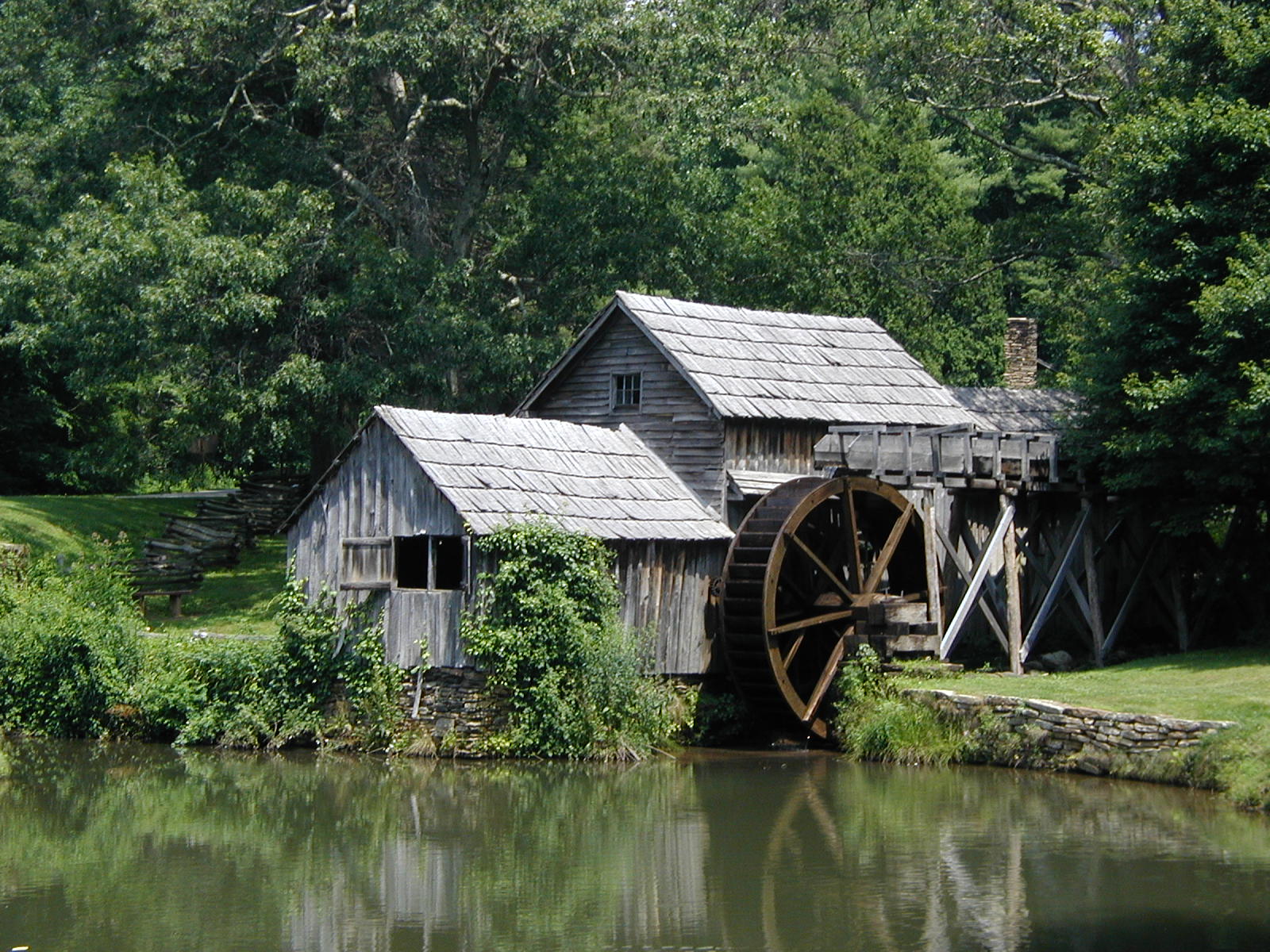We may earn money or products from the companies or products mentioned or linked to in this post.
Last week we talked about Wind power for homes. This week, I’ll be telling you about how water powered generators for homes work. I decided to do this one next to the last, because I know not everyone has running water going through their property. There are some thing’s to consider before investing money into a water power energy system.
What do I need to know before I buy in?
Some area’s will require you to have a permit, even if you are out in the country. If you are not sure if you need to get a permit or not, I would check with the county you reside in. If you are in the city limit’s you will need to check with Code enforcement.
There may also be some Water Right’s issue’s as well. If you do have mineral right’s to your property, that doesn’t necessarily mean you have right’s to a river to use it for producing energy. Some might say that it can affect their section of water down stream.
It is always best to play it safe, no one want’s people snooping around on their
property, so try not to give any reason for the County to come out or city to do an inspection.
How does it work?
Water flow, without water flow, none of it will work. The water flows through the pipe’s and through the turbine, when the turbine spin’s, it will activate the generator to produce electric.
Things that you will need are an intake line with a screen over it to keep out the
dirt and leave’s so you don’t clog up your system. Pipe’s to carry the water from the intake to the turbine. The turbine itself, a control system and a battery bank. Alternator and regulator. Last but not least, wiring. without that, you can’t use the energy you can produce.
The three type’s of head (water pressure) are Low-Head, Medium-Head and High-Head. What is “Head” you ask? it is the distance that the water fall’s, measured from the intake to the turbine. You will also need to understand the “Flow” which is the amount of water falling through your pipe to the turbine. In order to determine the fall or drop in the water line, if you determine where you want to place the intake, you can use an Altimeter This will help you determine the Head.
You could also use some water hoses to measure the head. If you start from where you will be putting your intake line at, and run it down to where you will have your turbine set up, you can use a water pressure meter at the bottom end of the hose, then fill the hose with water. Make sure that you are not leaking out any water, this will affect your reading. Also, for every 10′ drop , you should be getting around 4.33 PSI.
Remember that it will continuously generate energy day or night as long as the water is flowing that is. You will also want to be able to dump the excess energy, that way when your batteries are fully charged, you don’t run into the problem of over charging. Also you should have an over voltage trip device in place just in case the load dump or charge controller fails.
What kind of Turbine should I get?
In order to get the best out of your system, you will need to determine the Head. If you have High-Head then you’ll be looking at Impulse Turbine’s like the Pelton or Turgo Wheel’s.
If you have Medium-Head you’ll be looking at Reaction Turbines like Francis, you can still get an Impulse Turbine like the Michell-Banki, which is more commonly known as a Crossflow Turbine. Other’s are Multi-Jet Pelton and Turgo Turbines. You can also go with a Pump style Reaction Turbine as well.
If you have Low-Head you can use the Cross-Flow for an Impulse Turbine. For the Reaction Turbine’s, you can go with a Propeller or Kaplan.
Where can I buy the parts to put my system together?
There are a lot of outlet’s online that sell the Turbines, generator’s, Charge
controller’s and all the other component’s for your system. Here is a short list of the companies I had found that supply parts.
If you would rather have a company come out and do all the math and install it for you, then here is a list of companies that will do that for you.
http://www.oregonsolarworks.com/ If you live in Oregon, then check them out.
https://sundancepower.com services area’s in North Carolina, South Carolina, Tennessee, and Georgia
https://www.restecsolar.com/index They are based out of Vermont.
Next week I will dive into batteries for off grid power, I’ll cover the pro’s and con’s of them all. Also I will go over the cost’s and help you try and determine what is in your best interest for your battery bank. Be sure to check it out next Wednesday.

